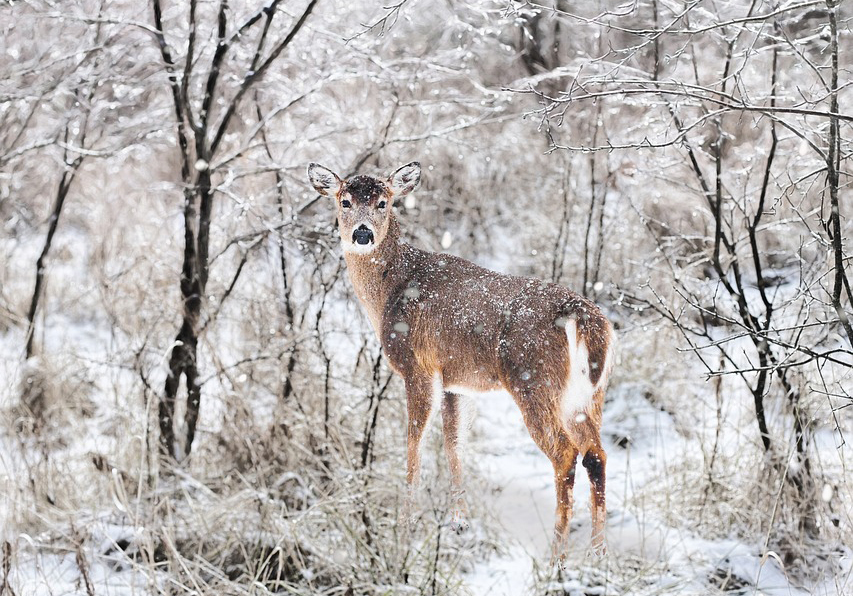
Midwinter is a celebration halfway between the Winter Solstice (the official start of winter) and the Spring Equinox (the official start of spring.) It is a time that straddles between winter and spring. The date changes slightly from year to year, but is generally on or around February 2nd. It is what is known as a “cross quarter” day on the Wheel of the Year. These days are seasonal midpoints in between the “quarters” or solstices/ equinoxes. This celebration in the dead of winter is about looking forward to spring, and while it often doesn’t feel that way, the days are steadily getting longer and brighter and the earth is slowly waking up from its slumber. Deep underground seeds are just beginning to think about stirring. Sap is starting to flow upwards and birds are starting to sing as they look for mates.There is a Nordic myth that says Midwinter is when the bear turns over in its cave– not spring yet, but just starting to stir.
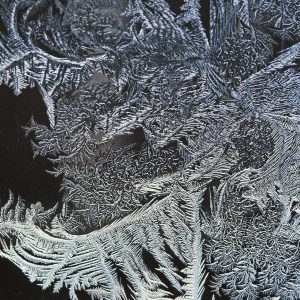

History & Traditions
The Midwinter celebration is known by many names in many different places.
In Celtic tradition this holiday is called Imbolc and is sacred to the goddess Brigid who wakes up the land with her cloak of green. She is the goddess of the hearth, light, poetry, healing, magic and childbirth. Many leave her offerings and make small squarish Brigid’s crosses out if reeds to honor her. Imbolc means “in the belly” referring to ewes starting to give milk.
In Nordic countries, this time is known as Midwinter. “Today half the winter passes but the greatest cold remains.” is an evocative Norwegian Midwinter saying. In Norse tradition the bear turns in its den on Midwinter day, and because of this you should take extra care to be quiet and not disturb any bears.
Candlemas in Christian tradition is said to mark the purification of Mary and the feast of St. Brigid. It is the time for candles to be blessed. It’s traditional to eat crepes or pancakes as their round shape and golden color invoke the sun.
Setsubun is a festival held on February 2, one day before the start of spring according to the Japanese lunar calendar. It celebrates the new year and the traditional “bean scattering” is practiced to chase out any misfortune from the old year.
In North America some Iroquois tribes observe a Midwinter Festival around this time of year. The stirring of the ashes is part of the closing of the old year and “dream-guessing” is a communal dream interpretation ceremony. Participants describe their dream for the community to interpret. A lovely way to build community in this sleepy time of year.
Groundhog Day, which for many is more of a silly school holiday, is actually a modern way to look forward to spring and the reemergence of hibernating animals in the depth of winter.
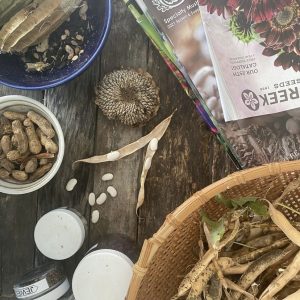
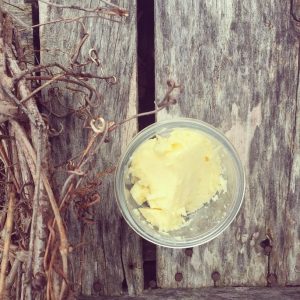
Symbolism
One of the connecting threads across these celebrations is light- sunlight is increasing. Traditional foods look like the sun or are associated with the sun (like egg yolk, butter and honey.) Brigid is the goddess of light. Candles are created and blessed. In the United Kingdom many still light candles in their windows so that Brigid can find their home.
This is the time of year that ewes start lambing, so for Western Europeans in ancient times it was the return of milk to their diet. There is something very comforting even today about creamy, milky dishes this time of year. February is also often the month that hens start laying again.
Seeds are another symbol of this season, whether you live somewhere where you can begin planting seeds, or some place where you can start dreaming and planning for spring planting. Seeds feature in traditional foods and many like to bless or honor their seeds at Midwinter.
Historians disagree on the origin of colloquialism “spring cleaning, ” but there is some evidence to support that it was originally a Midwinter tradition, not a spring one. The season’s association with the hearth and preparing for spring make sense. Many historical traditions reference cleaning out the old year at Midwinter.
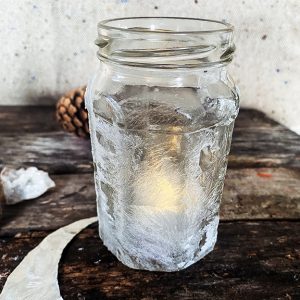
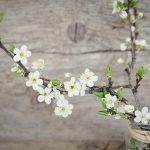
Celebration
Midwinter is an inward facing, puttering kind of celebration, in contrast to all of the pomp of the December holidays. It’s cleaning out the old and looking forward to the new– spring, new gardens and days filled with light all while staying cozy and warm inside. You can celebrate by making soap, candles, tidying the house, pouring over seed catalogs, laying out garden plans, forcing branches or making foods with milk, honey, and seeds. It’s a great time to practice hygge, taking pleasure in slower, simple things.
Find all of our ideas for celebrating here.

[…] in passing that completely captivated me. It said that bears hibernating in their dens turn over on Midwinter. I spent years trying to track down this folktale, and finally determined it is a Norwegian story. […]